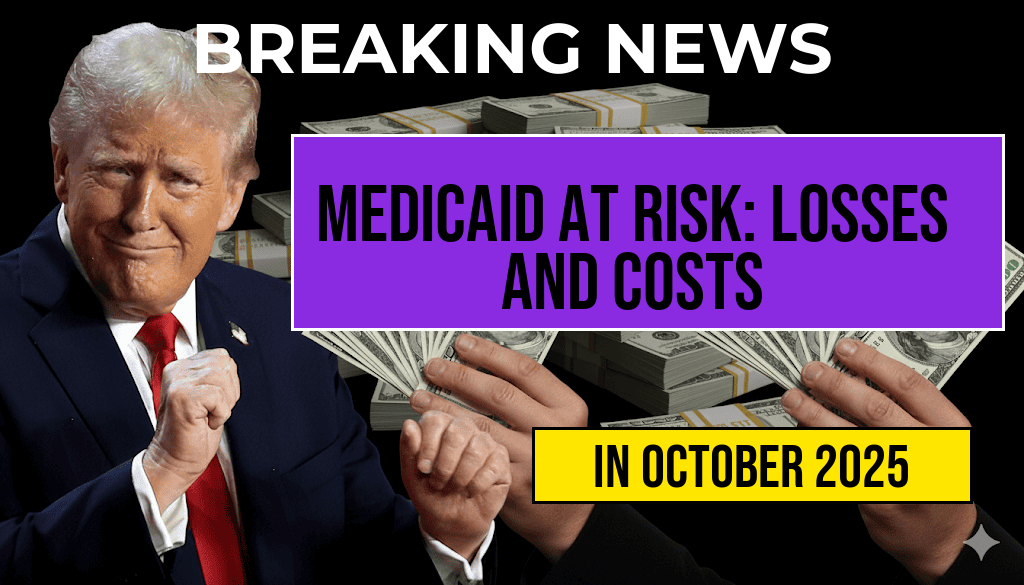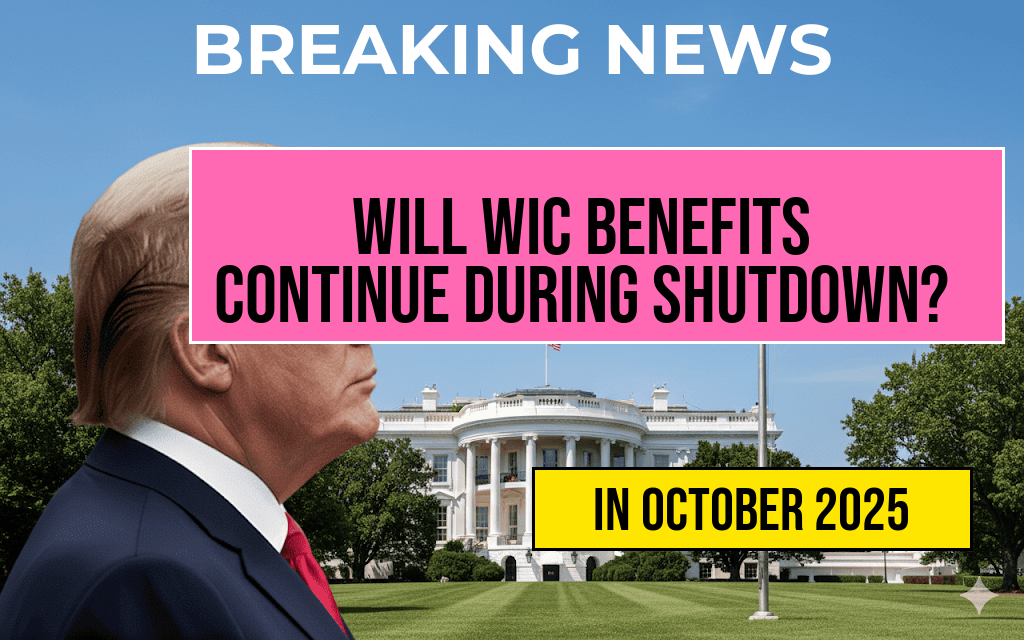Recent estimates from the Congressional Budget Office (CBO) warn that millions of Americans could lose their Medicaid coverage amid rising healthcare costs and a surge in unexpected medical expenses, including a $1,000 emergency room bill. The report highlights the financial strain on both government programs and vulnerable populations, raising concerns about access to essential health services. As healthcare expenses continue to climb, policymakers face mounting pressure to address the potential fallout that could leave millions uninsured at a time when access to affordable care is more critical than ever.
Rising Healthcare Costs Threaten Medicaid Sustainability
The CBO report projects that escalating healthcare costs, driven by inflation, technological advancements, and increased demand for services, could lead to a significant reduction in Medicaid enrollment. With states facing budget constraints, some may be forced to tighten eligibility criteria or cut back on benefits, risking coverage for millions of low-income Americans. The report estimates that between 2 and 4 million individuals could lose access to Medicaid within the next few years if current trends persist.
Factors Contributing to Cost Increases
- Inflation in Medical Expenses: Rising prices for hospital stays, prescription drugs, and medical equipment are outpacing general inflation, putting additional strain on Medicaid budgets.
- Increased Emergency Room Visits: With outpatient and primary care access limited for some populations, emergency rooms have become the default for urgent healthcare, often resulting in high bills and higher system costs.
- Technological and Treatment Advances: While improving health outcomes, new medical technologies and treatments often come with hefty price tags, further driving up costs.
Impact of a $1,000 Emergency Room Bill
Many Medicaid beneficiaries and uninsured individuals face unexpected bills, which can be financially devastating. A recent survey indicates that nearly 30% of emergency room patients leave with bills exceeding $1,000, a burden that can push families into financial distress or bankruptcy. Such costs often discourage people from seeking timely care, potentially worsening health outcomes and increasing long-term system costs.
Potential Policy Responses and Challenges
State-Level Adjustments and Federal Support
States are navigating a delicate balance between maintaining fiscal responsibility and ensuring healthcare access. Some have proposed tightening eligibility criteria or reducing optional benefits to contain costs. However, these measures risk leaving vulnerable populations without coverage. Federal policymakers are under pressure to provide targeted support, but debates over funding and program scope complicate efforts.
Implications for Public Health and Economic Stability
Loss of Medicaid coverage can lead to delayed care, worsening chronic conditions, and increased reliance on emergency services. The economic implications extend beyond individual hardship, potentially escalating state and federal healthcare expenditures due to preventable hospitalizations and unmanaged illnesses. Moreover, uninsured populations are less likely to seek preventive care, heightening the risk of communicable disease outbreaks and public health crises.
Historical Context and Future Outlook
The Medicaid program has historically expanded access to healthcare for millions, especially following the Affordable Care Act (ACA). However, recent policy shifts and economic pressures threaten to reverse some gains. Experts warn that unless systemic issues are addressed—such as controlling costs and expanding access—gaps in coverage could widen, leaving vulnerable Americans at risk.
Comparative International Perspectives
| Country | Per Capita Healthcare Spending | Coverage Rate |
|---|---|---|
| United States | $12,530[1] | 91% |
| Canada | $6,400[2] | 100% |
| Germany | $6,000[3] | 99% |
[1]Source: Health System Tracker
[2]Source: WHO
[3]Source: OECD
Looking Ahead: Addressing the Crisis
Experts emphasize the urgency of implementing measures that can curb healthcare inflation while safeguarding coverage for the most vulnerable. Proposals include expanding value-based care models, negotiating drug prices, and increasing federal funding for Medicaid. Such strategies aim to balance fiscal responsibility with the moral imperative of ensuring access to essential health services, especially during economic downturns or health emergencies.
As policymakers grapple with these challenges, the upcoming legislative sessions are expected to focus heavily on healthcare reform. Stakeholders across the spectrum recognize that without decisive action, the risk of millions losing Medicaid coverage—and facing catastrophic medical bills—will continue to grow, threatening both individual well-being and broader public health stability.
For more information on Medicaid and healthcare policy developments, visit Wikipedia’s Medicaid page and Forbes healthcare coverage.
Frequently Asked Questions
What is the main concern highlighted in the article regarding Medicaid?
The article warns that millions of people could lose their Medicaid coverage due to rising healthcare costs and increased financial burdens, such as a $1,000 emergency room bill.
How do rising healthcare costs threaten Medicaid recipients?
Rising healthcare expenses can lead to loss of coverage for many individuals on Medicaid, especially those who face high out-of-pocket costs or become ineligible due to income changes caused by increased bills.
What impact could a $1,000 emergency room bill have on Medicaid beneficiaries?
A $1,000 emergency room bill can create significant financial strain, potentially pushing some Medicaid recipients into financial hardship and risking their continued coverage if they are unable to pay or if it affects their income eligibility.
What role does the Congressional Budget Office (CBO) play in this warning?
The CBO provides an authoritative assessment of how current trends in healthcare costs and policy changes could lead to coverage losses among Medicaid populations, highlighting potential future challenges.
What measures can be taken to prevent millions from losing Medicaid coverage?
To prevent coverage loss, policymakers may need to consider cost control strategies, expanded support programs, and reforms to ensure that Medicaid remains accessible despite rising healthcare expenses and unexpected bills.






